1. This Is Not Your Run-of-the-Mill Volcano
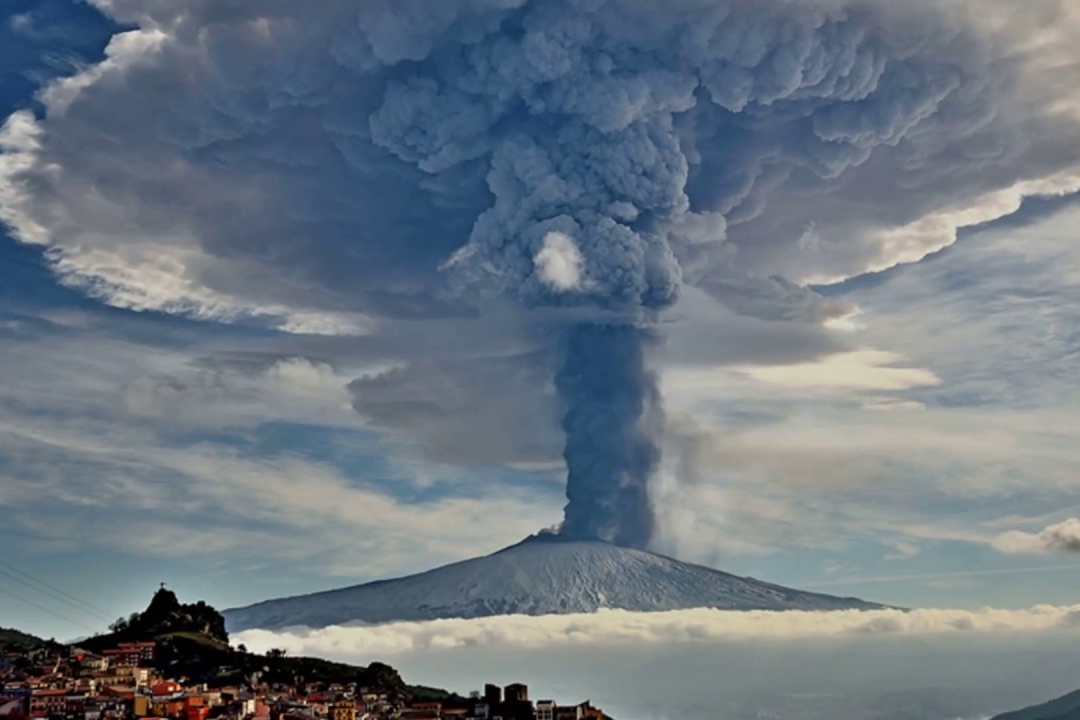
A supervolcano isn’t just a “bigger volcano”—it’s a planetary-scale disaster waiting to happen. Unlike ordinary eruptions that devastate a region, a supervolcano can blast thousands of cubic kilometers of ash and gas into the sky, darkening the sun for months and plunging the Earth into a volcanic winter. Global temperatures would crash, crops would fail, and daily life—from food supplies to travel—would unravel almost overnight. Humanity has never faced destruction on this scale in modern times, and the fallout would reach every corner of the planet.
2. Where the Real Danger Lies
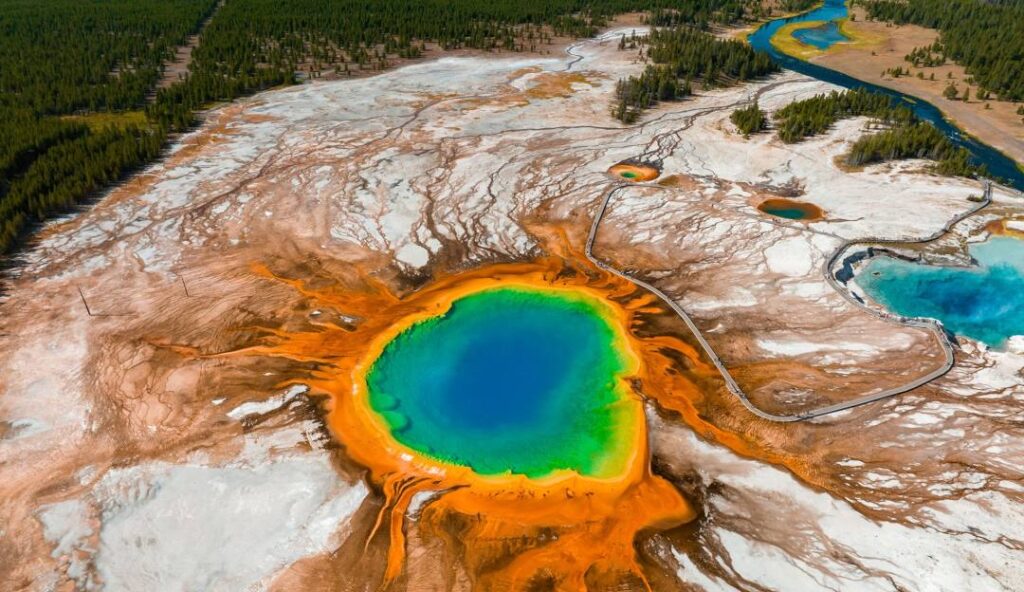
So where is the threat hiding? Scientists say the most closely watched supervolcano on Earth is Yellowstone in the United States, sitting on top of a massive magma chamber beneath Wyoming, Montana, and Idaho. If it erupted at full force, the blast could bury much of North America in ash while triggering a global volcanic winter. Other hotspots include Campi Flegrei near Naples, Italy—so close to a major city that even minor unrest sparks alarm—and Taupō in New Zealand, which produced one of the largest eruptions in the past 5,000 years. While the chances of any of these erupting soon are low, their potential for worldwide catastrophe makes them the most dangerous ticking time bombs on the planet.
3. Historical Warning Signs
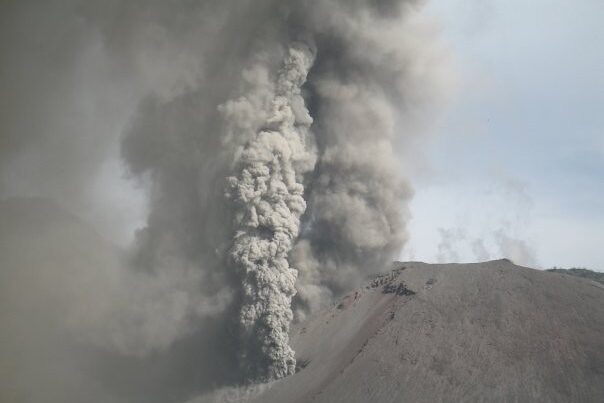
History has already shown us how devastating even smaller volcanic eruptions can be. In 1815, Mount Tambora in Indonesia erupted so violently that it triggered the “Year Without a Summer.” Crops failed across Europe and North America, causing widespread hunger. In 1883, Krakatoa’s eruption created global shockwaves, darkened skies for months, and caused deadly tsunamis. More recently, Mount Pinatubo’s 1991 eruption cooled the planet for nearly three years. These examples show that even moderate eruptions can shake human history, so a supervolcano would be on an entirely different level.
4. The Climate Double-Whammy
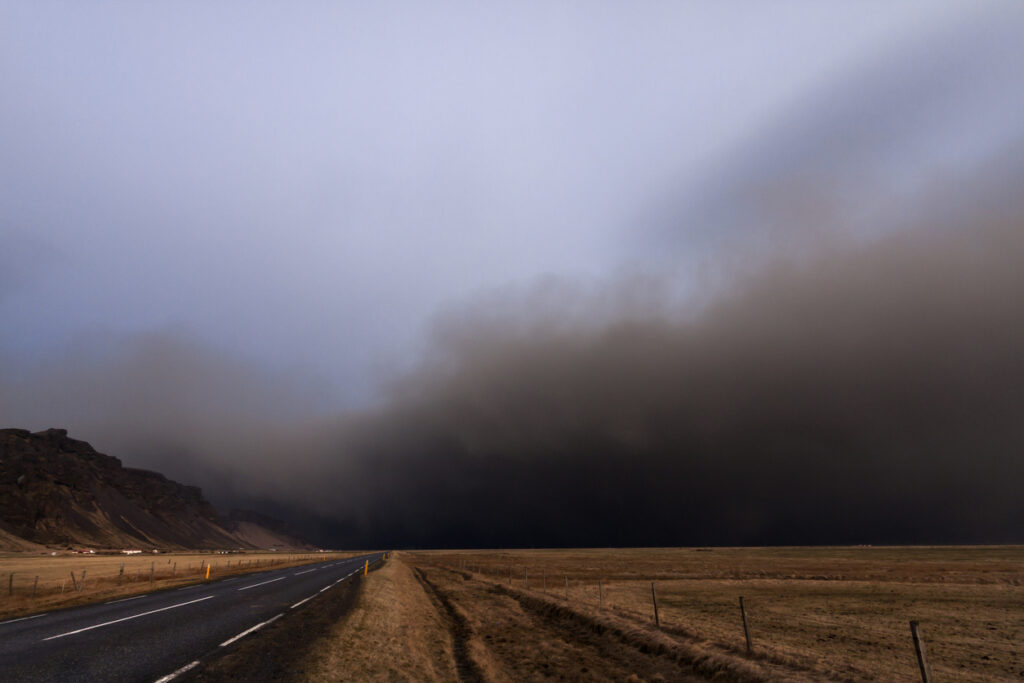
A supervolcano wouldn’t just cause one disaster—it would deliver two. In the short term, ash and sulfur particles would block sunlight, plunging the Earth into a volcanic winter. Crops would fail, famine would spread, and billions could go hungry. But in the long term, the release of massive amounts of carbon dioxide and greenhouse gases could drive extreme warming. Instead of stabilizing the climate, a supervolcano could make it swing wildly—freezing one decade, sweltering the next.
5. Why Civilization Is So Vulnerable
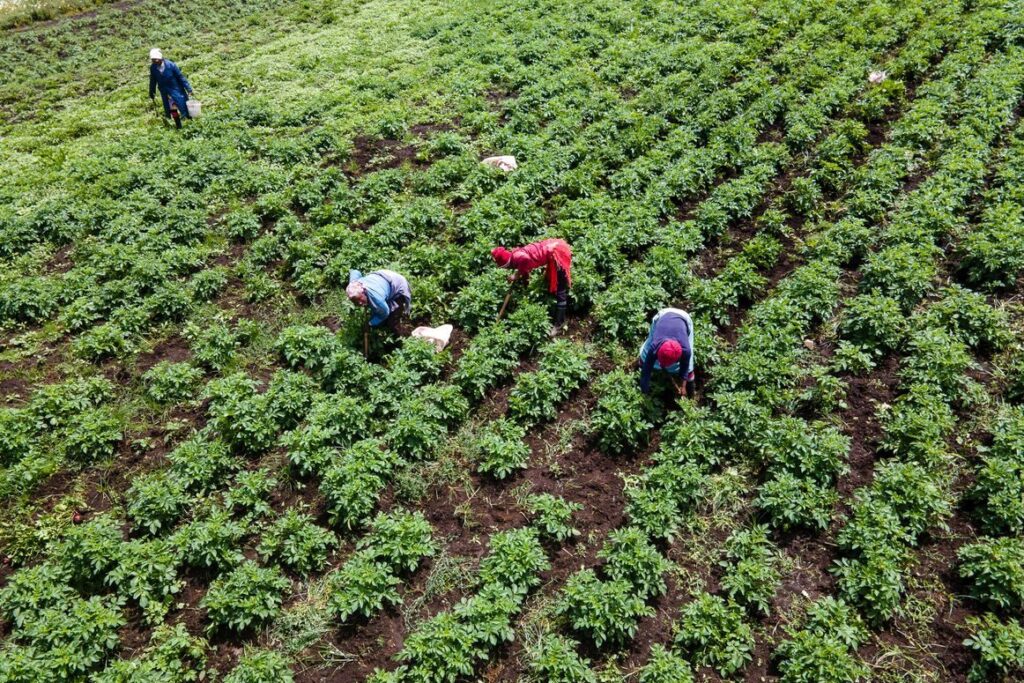
Ancient communities were largely self-sufficient, relying on local farming and resources. Today, modern life depends on sprawling supply chains, global trade, and industrial agriculture. A volcanic winter disrupting major grain-producing regions wouldn’t just harm a few countries—it would ripple instantly across the globe. Nations that rely heavily on imports would be devastated, sparking shortages, political instability, and even conflict. Ironically, the complexity of modern civilization makes it far more fragile in the face of such a shock.
6. Public Skepticism and Distrust

Despite the evidence, many remain skeptical about the risk of a supervolcano. Some dismiss it as doomsday fear-mongering, while others argue that life survived past eruptions, so humanity will muddle through again. Skepticism is fueled by a broader distrust of science and institutions, especially in an era of climate debates and shifting messages. But ignoring the data doesn’t make the danger disappear—if anything, it makes us less prepared for the kind of disaster that spares no one.
7. How Scientists Monitor Volcanoes
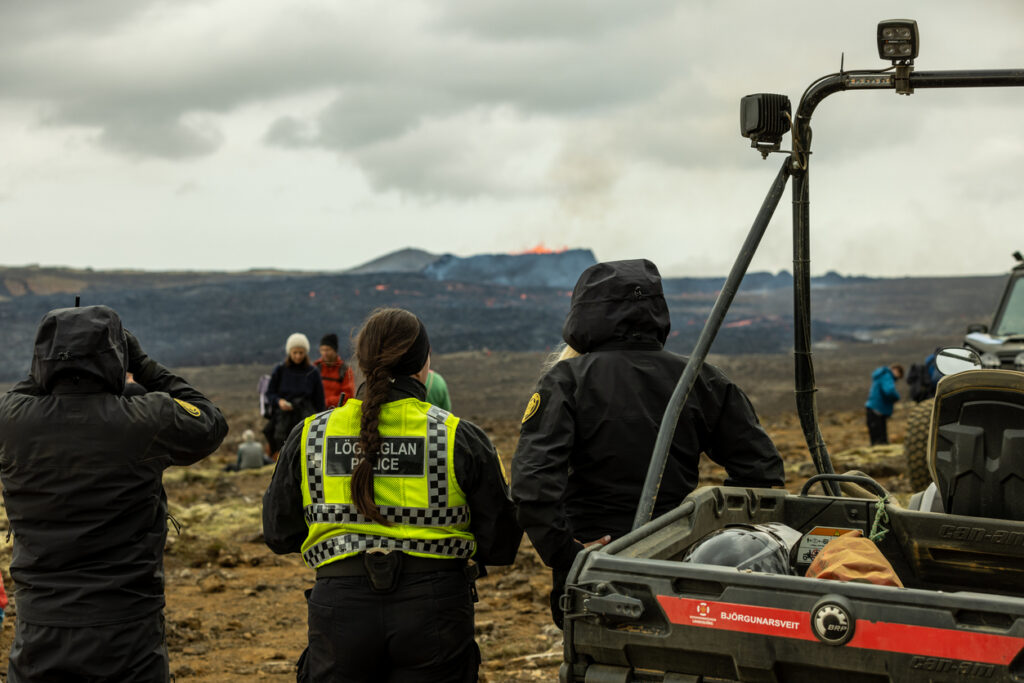
Scientists track supervolcanoes with an array of tools. Seismic swarms—small clusters of earthquakes—often signal magma movement. Rising ground levels suggest pressure building underground, while shifts in gases like sulfur dioxide raise red flags. Hotspots such as Yellowstone in the U.S., Campi Flegrei in Italy, and Taupō in New Zealand are monitored constantly. Still, predicting when a supervolcano will erupt is nearly impossible. Magma chambers behave unpredictably, and the warning signs may not come until it’s too late.
8. Can Humanity Really Prepare

Unlike hurricanes or wildfires, a supervolcano can’t be stopped, contained, or diverted. Preparation would mean stockpiling enormous food reserves, building resilient energy systems, and even planning for mass relocations. These strategies are politically unpopular and astronomically expensive, so they’re often dismissed as “too unlikely” to bother with. But history shows that ignoring rare yet catastrophic risks leaves humanity exposed. While we can’t prevent the eruption, we could lessen the suffering—if leaders take the threat seriously.
9. Lessons from Mass Extinctions
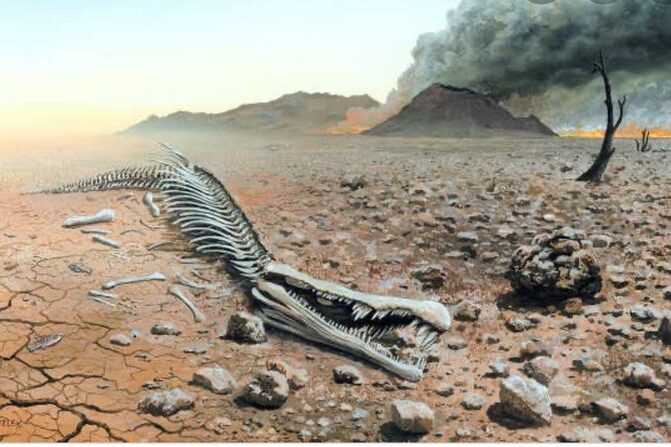
Volcanoes have triggered some of Earth’s deadliest events. Around 250 million years ago, massive eruptions fueled “The Great Dying,” wiping out most life on the planet. Cooling followed by runaway warming devastated ecosystems. While humanity might not vanish entirely in a modern eruption, our global systems—food, energy, trade—could collapse in ways just as destructive. These ancient lessons remind us: Earth always recovers, but civilizations and species are far more fragile..
10. Volcanic Eruptions vs Human Impacts
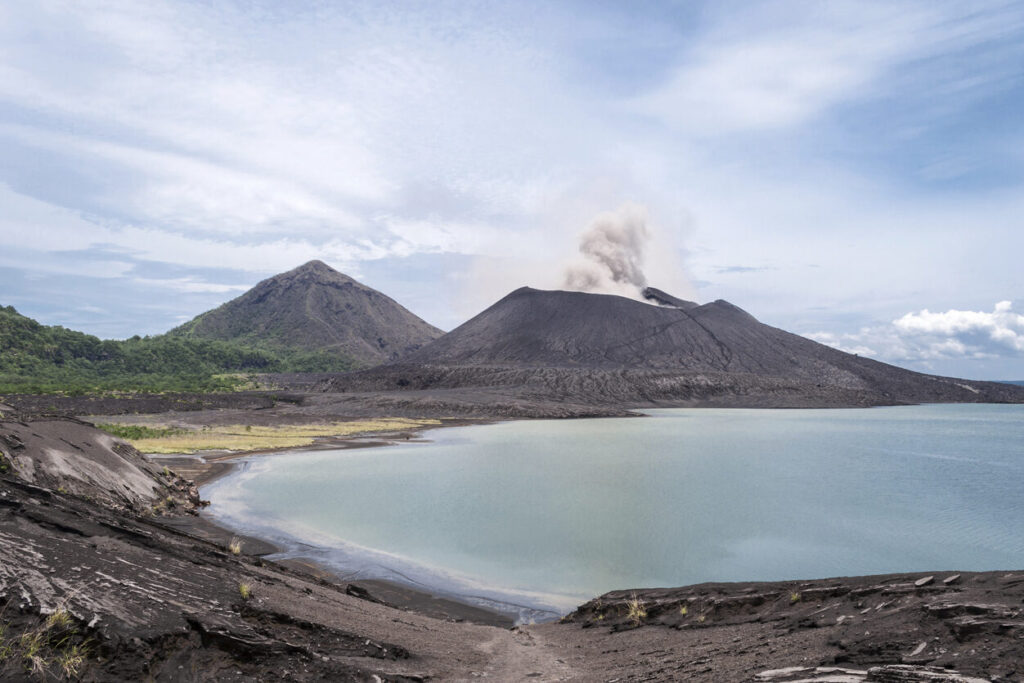
Some argue nature’s fury makes human-driven climate change look small, but the real danger lies in the interaction of both. Volcanic eruptions have temporarily cooled Earth in the past, while human emissions trap more heat. A sudden volcanic winter could mask global warming for a few years—only to unleash even harsher warming once the ash clears. Together, they could push the climate system into chaos.
11. The Role of Technology
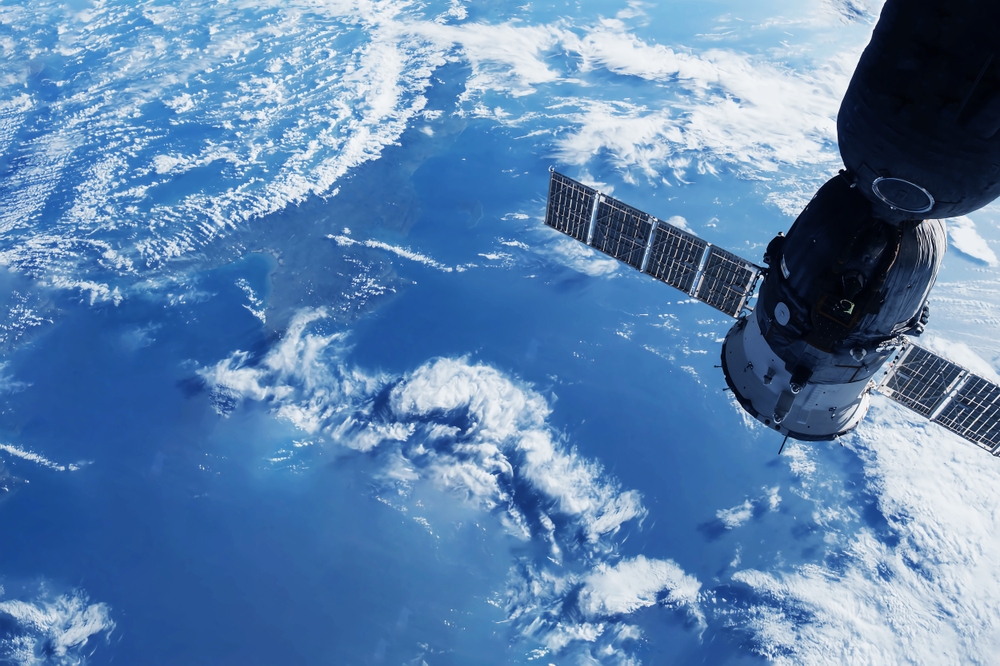
Modern technology gives humanity tools ancient civilizations never dreamed of. Satellites monitor volcanic plumes from space, seismographs track underground quakes, and sensors detect dangerous gas emissions. These systems can provide early warnings—sometimes months in advance. But technology has limits. Magma chambers are notoriously unpredictable, and even the best instruments can only buy time, not prevent disaster. Humanity is still on nature’s clock.
12. The Food Crisis Factor
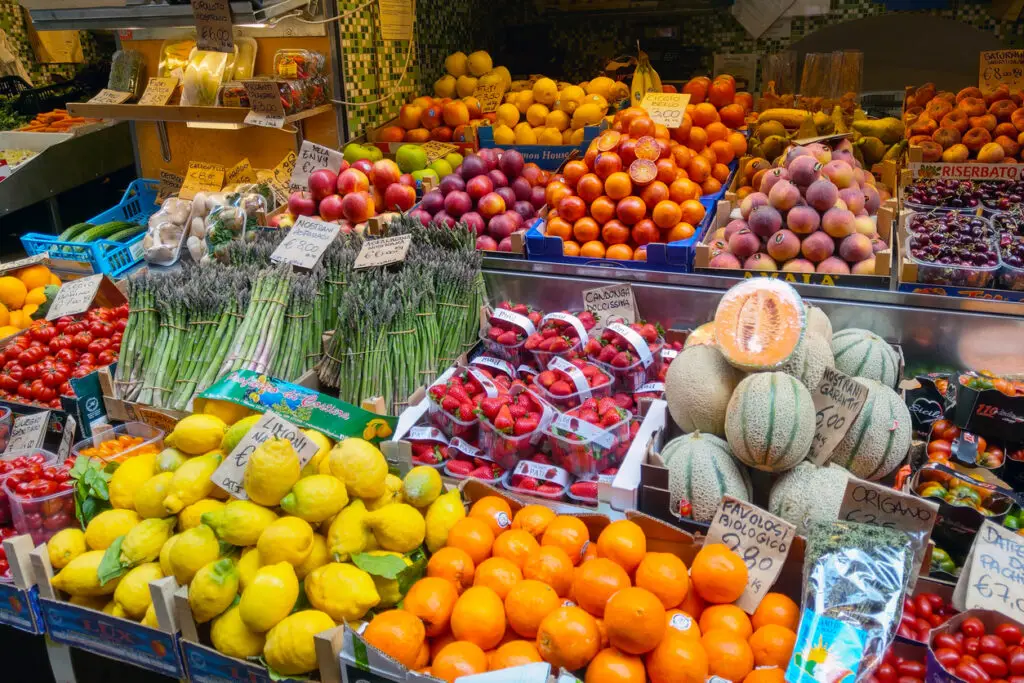
The most immediate catastrophe would be food. A volcanic winter shortening growing seasons could wipe out harvests across the U.S., China, and Europe—the very regions that feed much of the world. Today’s population relies on a tightly connected global food system, with little margin for failure. A few failed harvests could send prices skyrocketing, trigger famine in poorer nations, and even destabilize wealthier ones. Hunger, not lava, could be the deadliest consequence of a supervolcano.
13. The Psychological and Political Challenge
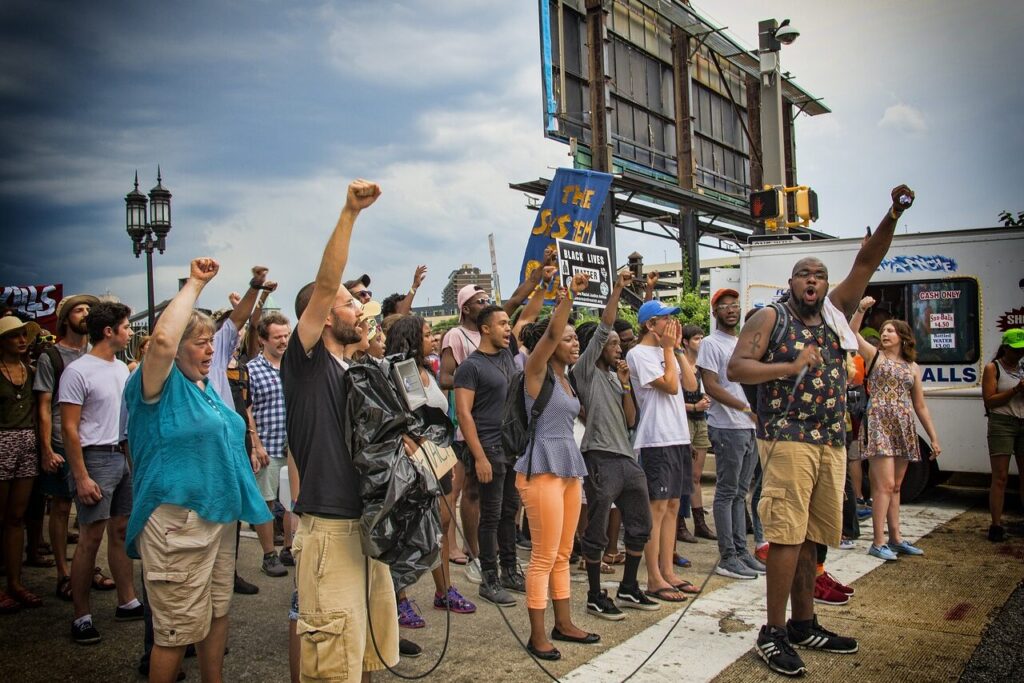
Even if science sounded the alarm, human behavior could become the biggest obstacle. Governments might deny or downplay risks, while political fights and misinformation breed confusion. Leaders could exploit fear for power, or hesitate to act for fear of backlash. Without global cooperation, preparations could fall apart long before the eruption. Surviving a supervolcano might depend less on geology—and more on how humanity handles itself.
14. The Bottom Line
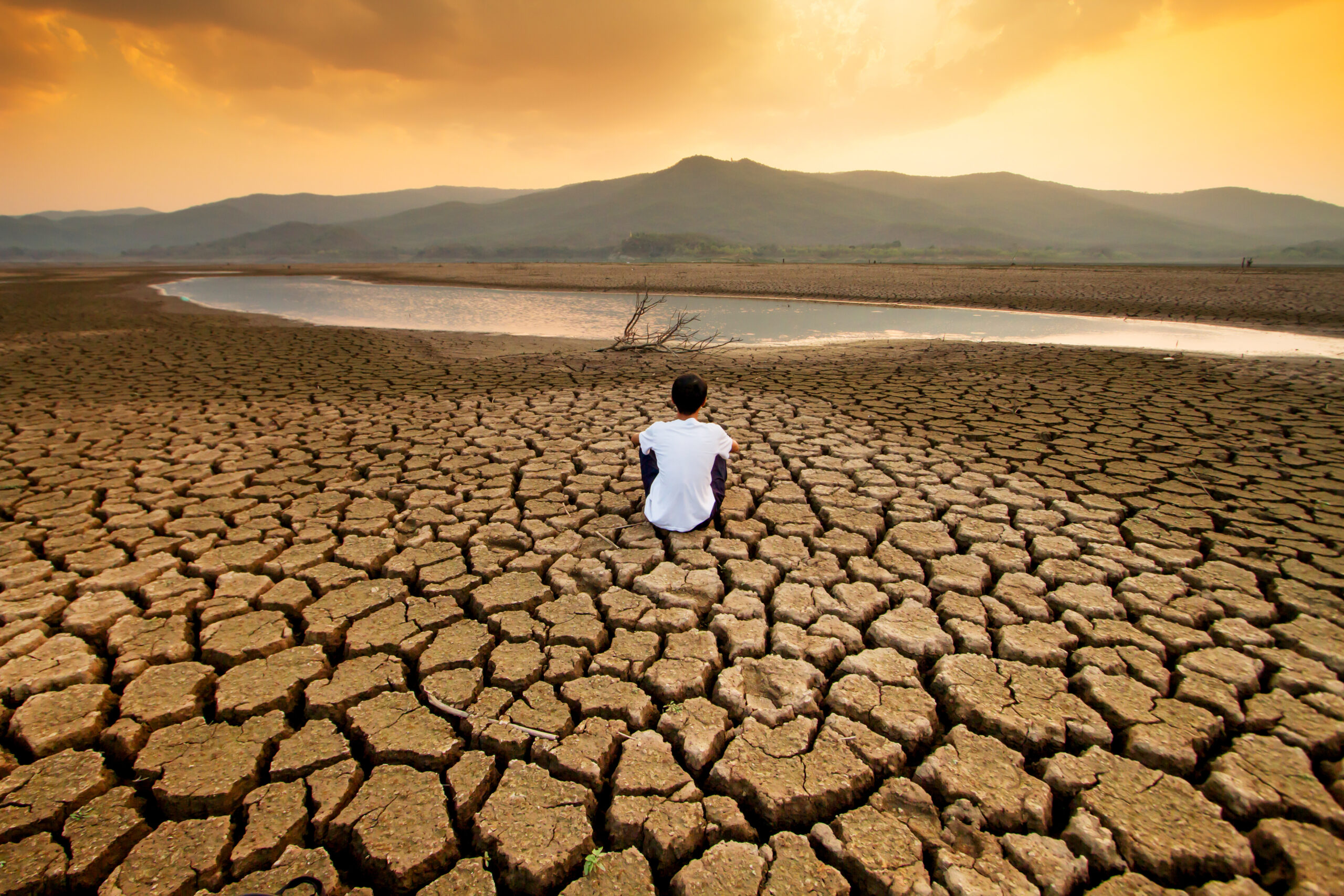
The Earth itself will endure a supervolcano, just as it has survived countless upheavals in the past. Life will recover too. But human civilization, with its fragile web of food, trade, and technology, may not. A supervolcano wouldn’t destroy the planet, but it could end the world as we know it—forcing humanity to rebuild from the rubble of a global crisis. The question isn’t whether Earth survives. It’s whether we do.
This story was first published on Daily FETCH


